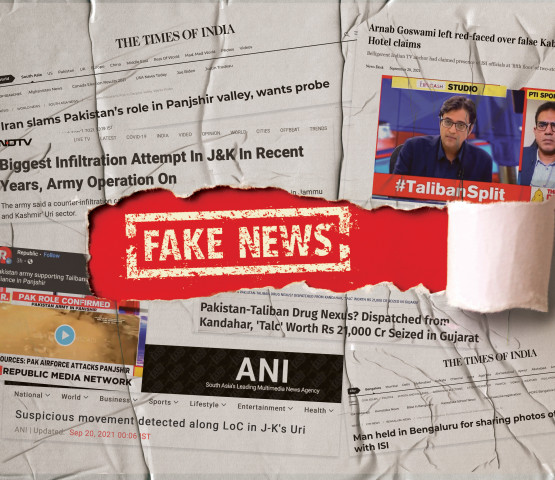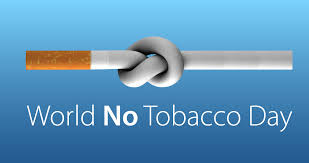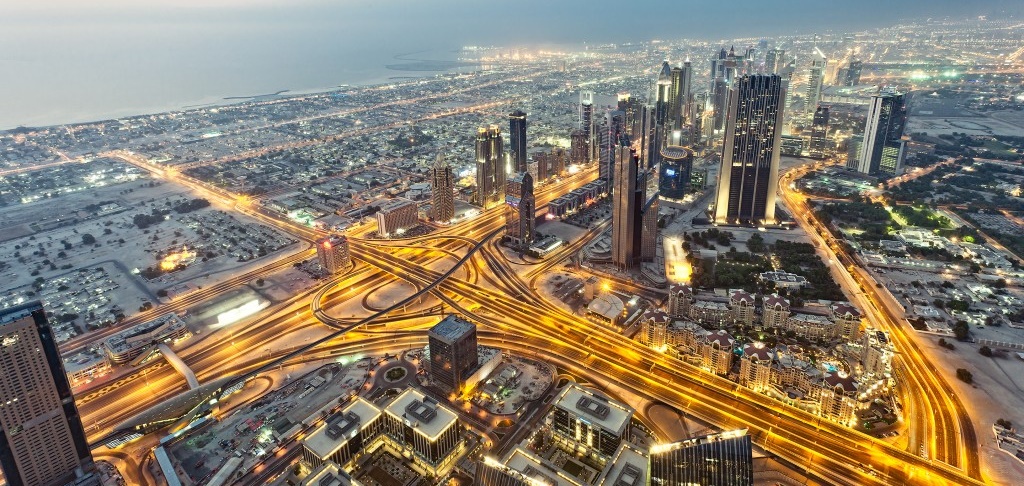By: Syed Shahzaib Haider

In South Asia, India and Pakistan share a long and troubled history, marked by wars, border fights, and deeply rooted mistrust. While diplomacy and people-to-people connections have occasionally softened hostilities, the role of media, especially during Prime Minister Narendra Modi’s tenure, has increasingly shaped public opinion in India through heightened nationalism, emotional storytelling, and polarizing portrayals of Pakistan. This has had profound effects on public sentiment, leading to a hardened national stance, reduced space for opposition, and increased risks of misinformation-driven escalations. Since Prime Minister Narendra Modi came to power in 2014, the Indian media landscape has seen a sharp rise in nationalist rhetoric. Television news channels, especially in the Hindi belt, have become hubs for emotionally charged, militarized narratives that often frame Pakistan as an existential threat.
Many primetime debates and news reports now resemble war rooms, complete with military visuals, background music, just like a Bollywood movie. Issues such as terrorism are selectively highlighted when linked to Pakistan, while other global terrorism incidents often receive less attention. Political narratives often shift toward external threats during elections, tapping into nationalistic sentiments and projecting strongman leadership. which creates a media environment that rewards outrage, simplifies complex geopolitical issues, and disincentivizes balanced reporting.
One of the most consistent narratives in Indian media has been the portrayal of Pakistan as a perpetual enemy. While it’s true that both countries have legitimate security concerns, the media’s role in amplifying hostility often ignores diplomatic tone. Instead of focusing on policies or military actions, media narratives sometimes paint the entire Pakistani population as enemies, ignoring cultural, civil, and people-to-people links. For instance, insurgency in Kashmir is often attributed entirely to Pakistani interference, with little space for internal political or humanitarian discussion. The media is trying labels peace efforts such as cricket diplomacy or cross-border trade as acts of weakness or betrayal. This narrative leaves little room for public support for peace or reconciliation, polarizing societies further.
While independent journalism in India continues to exist, the space for dissent has shrunk significantly. Journalists who criticize Modi’s policies or advocate for diplomatic dialogue often face intimidation, legal threats, and a loss of platform visibility. As a result, the average Indian viewer is exposed to a twisted picture where Pakistan is almost always the aggressor and India the justified responder. This shift in views has major consequences after the Pulwama attack in 2019, the Indian public overwhelmingly supported the Balakot airstrike, even though independent verification of its success remains inconclusive. Tragic events in Pakistan, such as natural disasters or terrorist attacks on civilians, are met with muted sympathy or even mockery on Indian social media platforms. The ruling Bharatiya Janata Party (BJP) has, at times, benefited electorally from this emotional climate, winning elections in the aftermath of nationalistic surges.
Interestingly, while domestic Indian media portrays India as the global leader in anti-terrorism efforts, international media and human rights organizations have increasingly raised concerns about civil liberties, freedom of press, and the militarization of nationalism under Modi. The communication blackout and reports of human rights abuses in Jammu and Kashmir post-Article 370 revocation received widespread international criticism. India has fallen in global press freedom rankings, reflecting increasing challenges to independent journalism. In some cases, Pakistan has gained compassion or diplomatic support from countries concerned about regional stability and minority rights in India. This divergence creates a growing credibility gap between how the world sees the India–Pakistan conflict and how Indian citizens perceive it through domestic media.
The media’s role in fueling anti-Pakistan sentiment doesn’t just stay within borders it raises the risk of real-world escalation. When public opinion becomes so charged that any diplomatic move is seen as weakness, leaders are boxed into aggressive positions. Additionally, with nuclear weapons in the backdrop, media-led jingoism can push both nations into dangerously unpredictable territory. Constant exposure to war rhetoric affects young minds, creating long-term distrust between generations. When complex geopolitics is simplified into “us vs. them,” societies lose the ability to question policies and hold governments accountable. In India, growing anti-Pakistan sentiment often overlaps with Islamophobia, putting Indian Muslims under suspicion or pressure to prove their loyalty.
In a world facing increasing polarization and misinformation, the media plays an outsized role in shaping not only opinions but also policies and global alignments. In the case of India–Pakistan relations, the media narrative, especially under Prime Minister Modi’s rule, has moved toward an aggressive, nationalist tone that leaves little room for diplomacy, empathy, or peacebuilding.
The writer is the Editorial Head at The Dayspring








